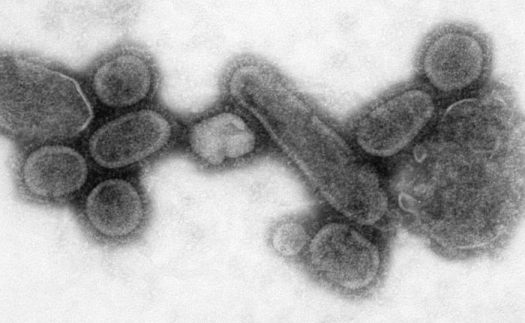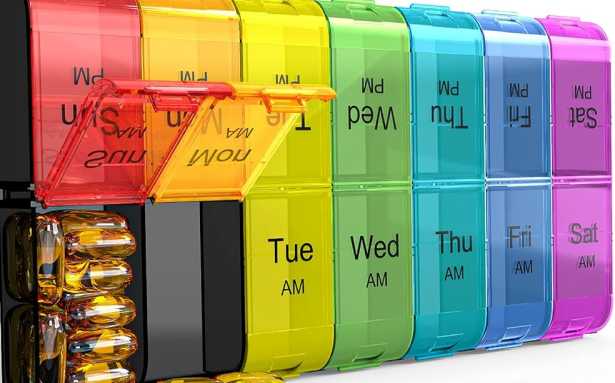
Influenza, or the flu, is a contagious respiratory infection caused by a variety of flu viruses. Each year thousands are hospitalized or die from the virus and vaccination is the attempt to lessen the symptoms or prevent catching the virus in the first place. The particulars of the three types of viruses – type A, B & C – go beyond the scope of this article, but suffice it to say that type A & B are the most serious and therefore of greater concern. Generally each vaccine is made to protect people against three flu types – two “A” strains and one “B” strain.
The typical influenza vaccine is between 40-65% effective in reducing the severity of the virus or preventing it altogether. Making headlines all across the world is the news that this season’s influenza vaccine was far less effective than it is typically. In America, estimates are that the vaccine was somewhere around 25% effective and in some parts of Europe, an abysmal 3% effective. This season, influenza has reach almost all 50 states. How is this possible? Why did this happen?
Each February, the World Health Organization culls its international data received from reference laboratories on circulating influenza strains and forecasts what they believe will be the following Winter’s most common and likely culprits. The reason this is done so far in advance – just shy of a year – is due to the amount of time that it takes to manufacture the vaccine, package and then ship it to waiting pharmacies and medical practitioners. The reason that each year one must get another vaccination is because the strains of the flu virus mutate and replace the older strains.
This year’s vaccine was effective against the Type B strain, but performed poorly against the Type A strain. Between the time that the WHO forecasted the strains they felt would be this season’s perpetrators and the time that people began to have the vaccine administered, the Type A strain had mutated – rendering the current vaccine less potent. This mutated strain was not included in this season’s vaccines and thus reach epidemic levels across 47 states.
The suggested solution for the immediate future is to make sure that the vaccine includes all types of Type A influenza and the development of better forecasting methods. In the U.S., federal agencies are seeking to develop a safe, universal vaccine – one that would encompass “broad protection against subsequent exposures.” By targeting the less-changing stem of the virus as opposed to the “branches” or mutations, forecasting as a method wouldn’t need to be relied on as heavily. In addition, the universal vaccine would last almost a decade.
This universal vaccine has been in an animal testing phase since 2010, but is expected to reach human trials soon. Some professional predict its availability in 5-7 years.
The current flu vaccine does offer some protection, and of course, some protection is better than no protection at all. It goes without saying, that restricting interaction with infected individuals, washing one’s hands frequently, and cleaning and disinfecting surfaces will go far in lessening your chances of contracting that virus. Covering one’s nose and mouth and/or calling in sick will help prevent the spread of influenza.
 New Bedford Guide Your Guide to New Bedford and South Coast, MA
New Bedford Guide Your Guide to New Bedford and South Coast, MA







